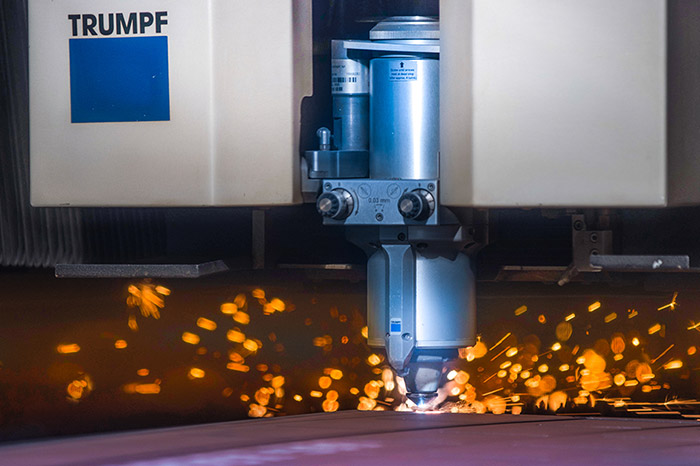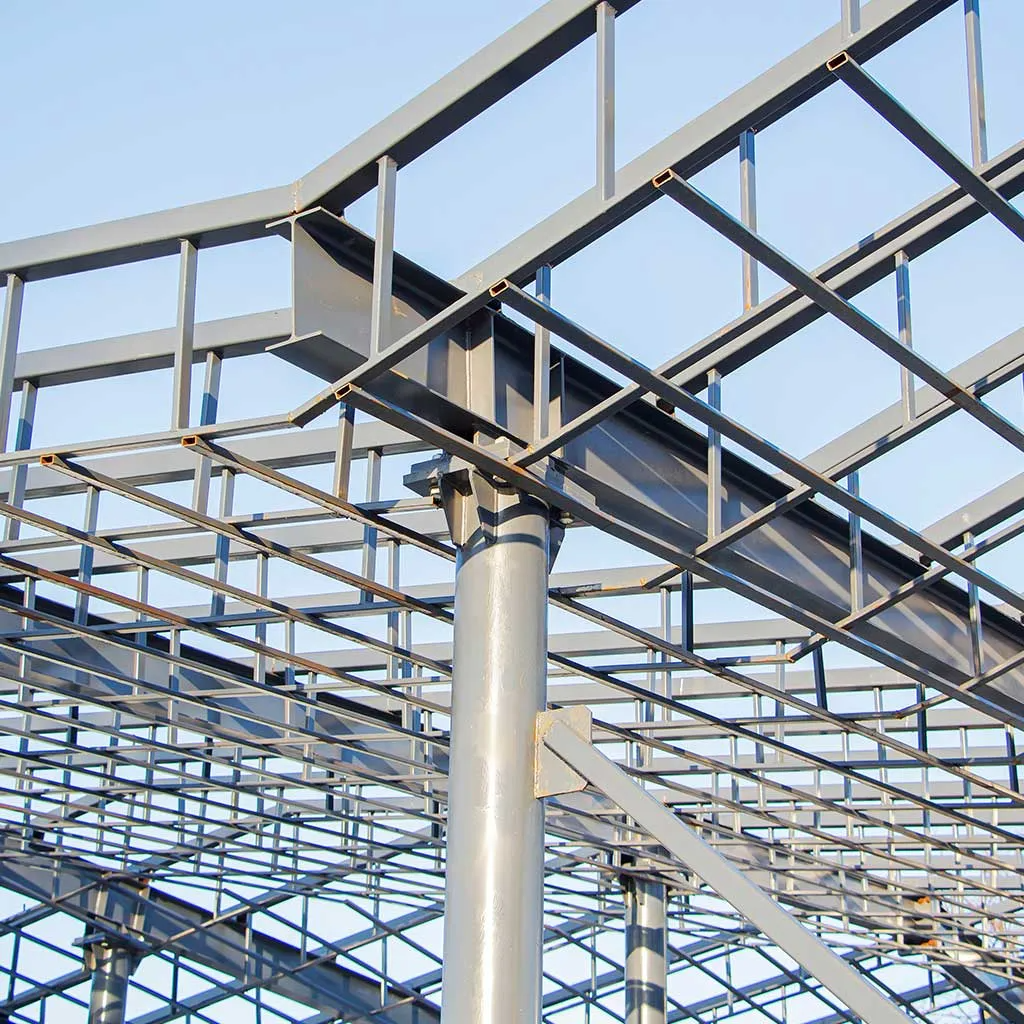Steel fabricators play a vital role in the construction and manufacturing industries by altering raw steel into usable components and structures. Their expertise encompasses a wide range of skills and processes aimed at shaping steel into precise specifications required for various applications. Here’s an inclusive look at the role and responsibilities of steel fabricators in Dubai:
Interpretation of blueprints and specifications:
Steel fabricators begin their work by interpreting detailed blueprints, drawings, and specifications provided by engineers or architects. They must understand technical drawings, dimensions, tolerances, and material requirements to ensure accurate fabrication.
Material selection and preparation:
Choosing the right type and grade of steel is vital for the intended application. Steel fabricators evaluate factors such as strength, durability, corrosion resistance, and cost-efficiency when selecting materials. They then prepare the raw steel by cutting, drilling, and shaping it to match project requirements.
Cutting and shaping steel components:
Steel fabricators utilize various cutting techniques such as sawing, shearing, or plasma cutting to trim steel sheets or bars to the required sizes and shapes. Precision cutting ensures that components fit together smoothly during assembly.
Welding and joining:
Welding is a fundamental skill for steel fabricators, used to permanently join steel components together. They employ different welding techniques (e.g., MIG, TIG, arc welding) based on the project’s requirements and material characteristics. Proper welding ensures structural integrity and strength.
Forming and bending:
To achieve specific shapes and configurations, steel fabricators use forming and bending equipment. This process may involve hydraulic presses, rollers, or bending machines to shape steel plates, tubes, or beams according to design specifications.
Assembly and finishing:
Steel fabricators assemble fabricated components into larger structures or assemblies. They may use bolts, rivets, or welding to securely join parts. After assembly, finishing processes such as sandblasting, painting, or galvanizing are applied to improve aesthetics and protect against corrosion.
Throughout the fabrication process, steel fabricators conduct rigorous quality control checks to ensure that finished components meet specified tolerances, dimensions, and structural integrity requirements. They inspect welds, dimensions, and surface finishes maintaining high standards of craftsmanship. Steel fabrication also involves working with heavy machinery, high temperatures, and possibly hazardous materials.



